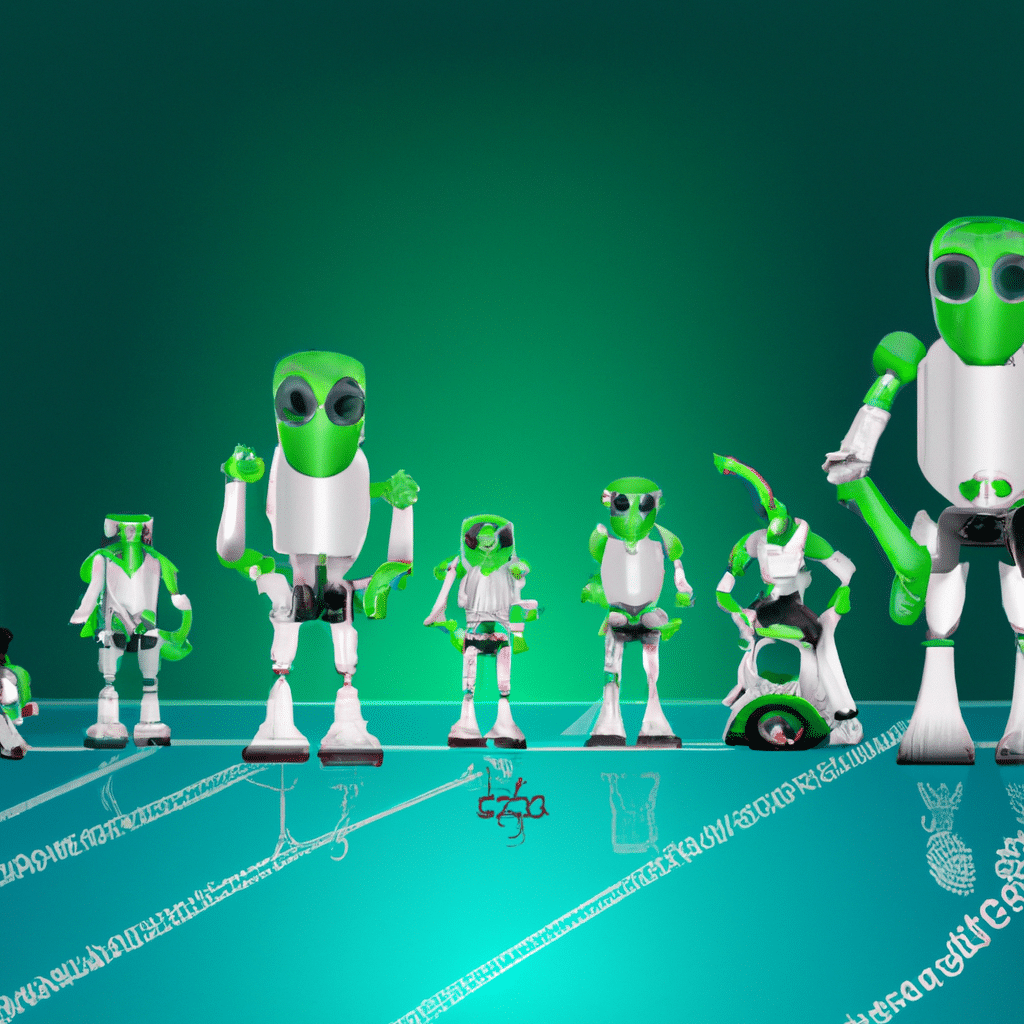Robotics technology has been advancing at an incredible pace, and with it, the need for reliable and efficient operating systems. An operating system is the backbone of a robot, and it determines how the robot will operate and interact with its environment. As such, choosing the right operating system is critical to the success of any robotics project. In this article, we will discuss the top operating systems for robotics, their features, and how they can be useful for various applications.

Robot Operating System (ROS)
ROS is an open-source operating system that is widely used in the robotics industry. It was developed by Willow Garage and is now maintained by the Open Robotics organization. ROS is designed to be modular and scalable, making it easy to use for a wide range of applications. It is also compatible with many programming languages, including C++, Python, and Java.
One of the key benefits of ROS is its extensive library of pre-built components, known as “packages.” These packages can be used to quickly and easily build complex robotics systems, without the need for extensive programming knowledge. ROS also has a large and active community, which means that there are many resources available for learning and troubleshooting.
Microsoft Robotics Developer Studio (MRDS)
MRDS is another popular operating system for robotics, developed by Microsoft. It is designed to be easy to use and provides a graphical programming interface that allows users to drag and drop components to create complex behaviors. MRDS is also compatible with a wide range of hardware, including sensors, cameras, and robotic arms.
One of the key benefits of MRDS is its integration with other Microsoft products, such as Visual Studio. This allows developers to use familiar tools and workflows, which can help to streamline the development process. MRDS also has a large and active community, which means that there are many resources available for learning and troubleshooting.
Yocto Project
The Yocto Project is an open-source project that provides a set of tools and templates for building custom Linux-based operating systems. It is designed to be highly customizable, making it ideal for robotics applications that require specific functionality or hardware support. The Yocto Project also has a large and active community, which means that there are many resources available for learning and troubleshooting.
One of the key benefits of the Yocto Project is its support for a wide range of hardware architectures, including ARM, x86, and PowerPC. This makes it ideal for use in embedded systems, which are often used in robotics applications. The Yocto Project also provides a wide range of pre-built components, known as “recipes,” which can be used to quickly and easily build custom operating systems.
ABB RobotStudio
ABB RobotStudio is an operating system specifically designed for ABB robots. It provides a graphical programming interface that allows users to drag and drop components to create complex behaviors. ABB RobotStudio is also compatible with a wide range of sensors, cameras, and other hardware.
One of the key benefits of ABB RobotStudio is its integration with other ABB products, such as the RobotWare software suite. This allows developers to use familiar tools and workflows, which can help to streamline the development process. ABB RobotStudio also provides a wide range of pre-built components, known as “modules,” which can be used to quickly and easily build complex robotics systems.
Conclusion
Choosing the right operating system is critical to the success of any robotics project. In this article, we have discussed the top operating systems for robotics, their features, and how they can be useful for various applications. ROS is a popular open-source operating system that is widely used in the robotics industry. MRDS is another popular operating system that provides a graphical programming interface. The Yocto Project is an open-source project that is highly customizable, making it ideal for robotics applications. ABB RobotStudio is an operating system specifically designed for ABB robots.
Each of these operating systems has its strengths and weaknesses, and the best choice will depend on the specific needs of your robotics project. However, by choosing one of these top operating systems, you can be confident that you are using a reliable and efficient platform that will help to ensure the success of your robotics project.












